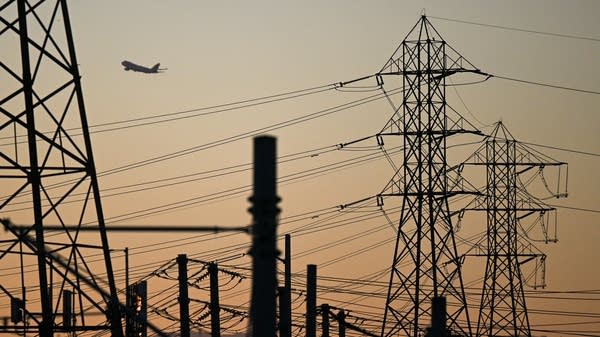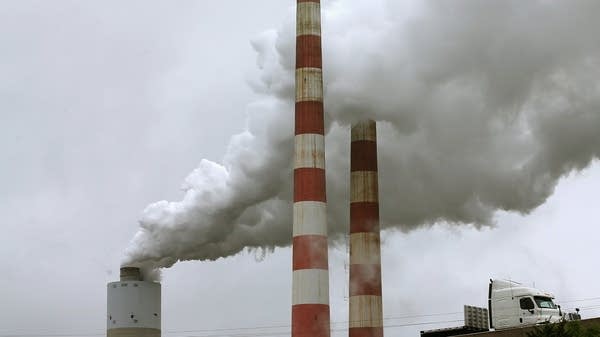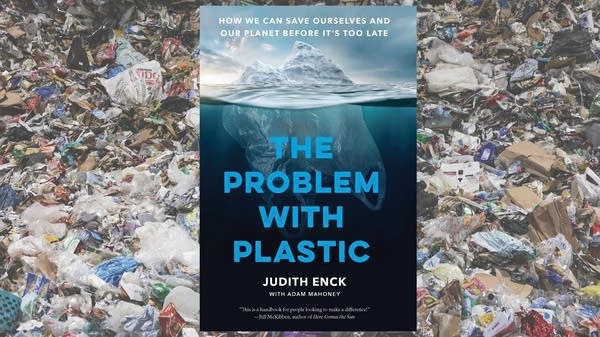U.S. investment swings toward electricity, not "drill, baby, drill"
In 2025, global investments in electricity are expected to be roughly 50% more than what’s spent on bringing coal, natural gas and oil to market, per recent analysis by the International Energy Agency.

Grid strains and electricity price surges in the Northeast during this week’s heat wave underscore just how close peak electricity demand comes to supply in the face of extreme weather. This is while new data center construction and the growing use of EVs and heat pumps add to overall demand.
That’s why investors here and abroad are increasingly putting their money in electricity. The International Energy Agency found that global investments in electricity are expected to be roughly 50% more than what’s spent on bringing coal, natural gas and oil to market this year.
U.S. energy investments are moving toward electricity, especially from low-emission sources, according to the IEA. That will help the U.S. reach its energy needs in the long term, but in the short term?
“We have more people coming to the party than we have places set,” said Ed Hirs, who teaches energy economics the University of Houston.
Upswings in demand from data centers and a flurry of investment have led to bottlenecks and delays in bringing new energy projects online.
“The size and scale of the new data centers are much, much larger in terms of their megawatt demand,” said Steve Piper, director of energy research at S&P Global Commodity Insights. “And there's a mismatch between the construction lead times for data centers versus power generation.”
Data centers can be built in 18 months, he said — new electricity generation takes years.
And there’s another challenge: a disconnect between where renewable energy is most abundant and where it’s most needed.
“We're not seeing enough investment in transmission, because we can't build a solar farm in an urban area,” Ed Hirs said.
More wires are needed to connect the new generation to consumers, and someone’s gotta pay for them.













